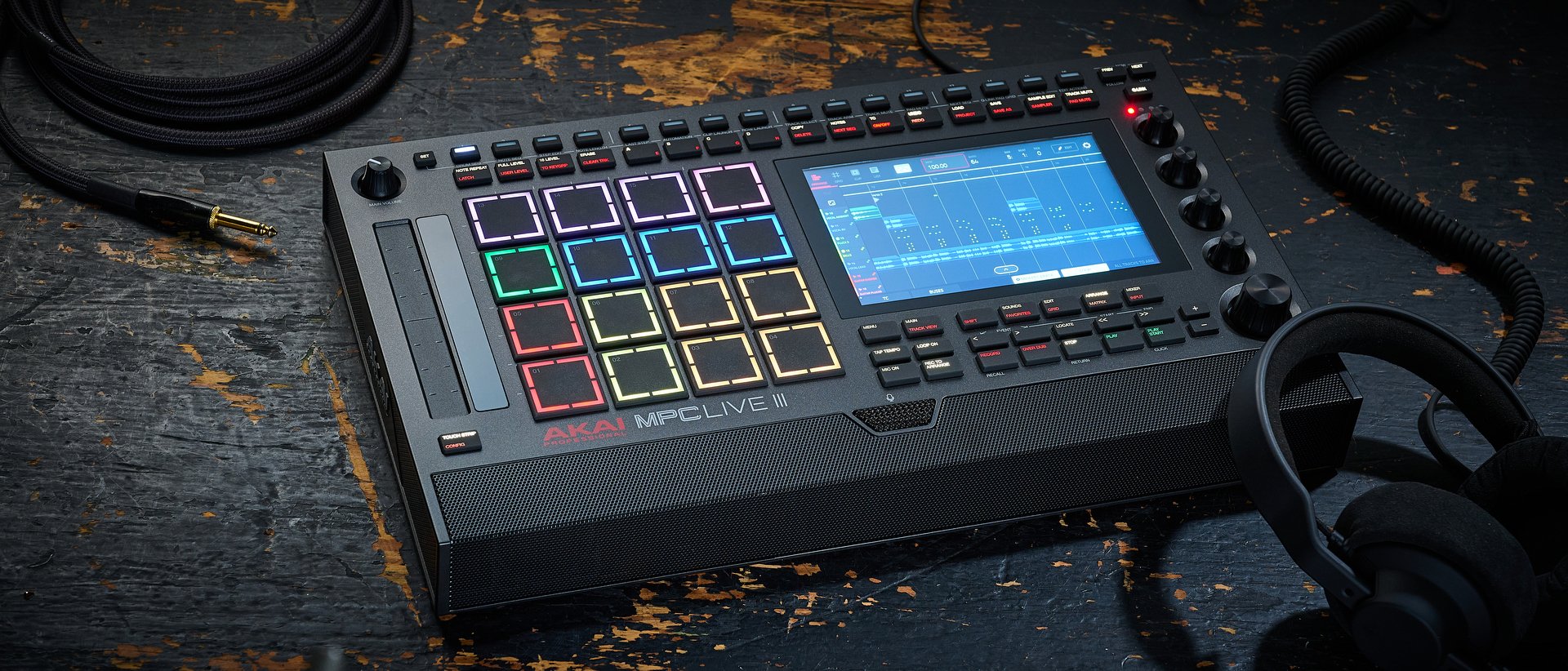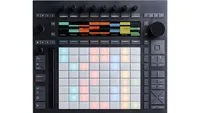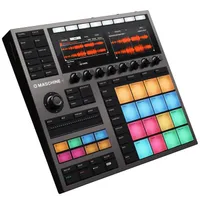MusicRadar Verdict
The MPC Live III is a major step up from its predecessor, and the best iteration of an MPC we've seen in recent times. For those who want to commit to a laptop-free workflow, this is the best in the game.
Pros
- +
Vastly improved CPU power and storage.
- +
Expressive pads feel great and can be mapped to do a variety of interesting things.
- +
Step sequencer is a great addition, particularly for use with external hardware.
- +
Less reliant on the desktop software than ever.
Cons
- -
Some may find the busier control surface a bit cluttered.
- -
More expensive than its predecessor.
MusicRadar's got your back
What is it?
It’s almost a decade since Akai first returned to standalone, laptop-free MPCs with the MPC Live and MPC X. Although the larger and better-equipped X was always pitched as the flagship, and the later MPC One offers the most affordable way into the range, the MPC Live has proved itself to be the highlight of the contemporary lineup, finding a sweet spot between power and portability.
When the Live first arrived in 2017, it acted as a bridge between the two sides of the MPC’s history. Under-the-hood, it was still powered by a variation of the MPC software developed for the range’s era of MIDI controllers, but its self-contained nature and ability to sample and sequence directly from the hardware offered a more direct link bank to the ‘80s and ‘90s designs that had such a powerful influence on the evolution of dance music and hip-hop.
As time has gone on, these latter elements have proved to be where the MPC Live’s strengths lie. While the software element of the MPC setup has long felt a little clunky and like a lesser version of dedicated DAWs, as a self-contained DAW-in-a-box the MPC Live has set a standard the more recent competitors like Ableton’s Push 3 and Native Instruments’ Maschine+ have looked to match.
With this third iteration of the MPC Live, Akai is going all-in on the standalone capabilities. Whereas previous versions were fantastic tools for idea creation or live performance, the level of power under the hood resulted in a few restrictions that meant that, for many users, creating full arrangements and finessing ideas would mean transferring projects to a desktop machine.
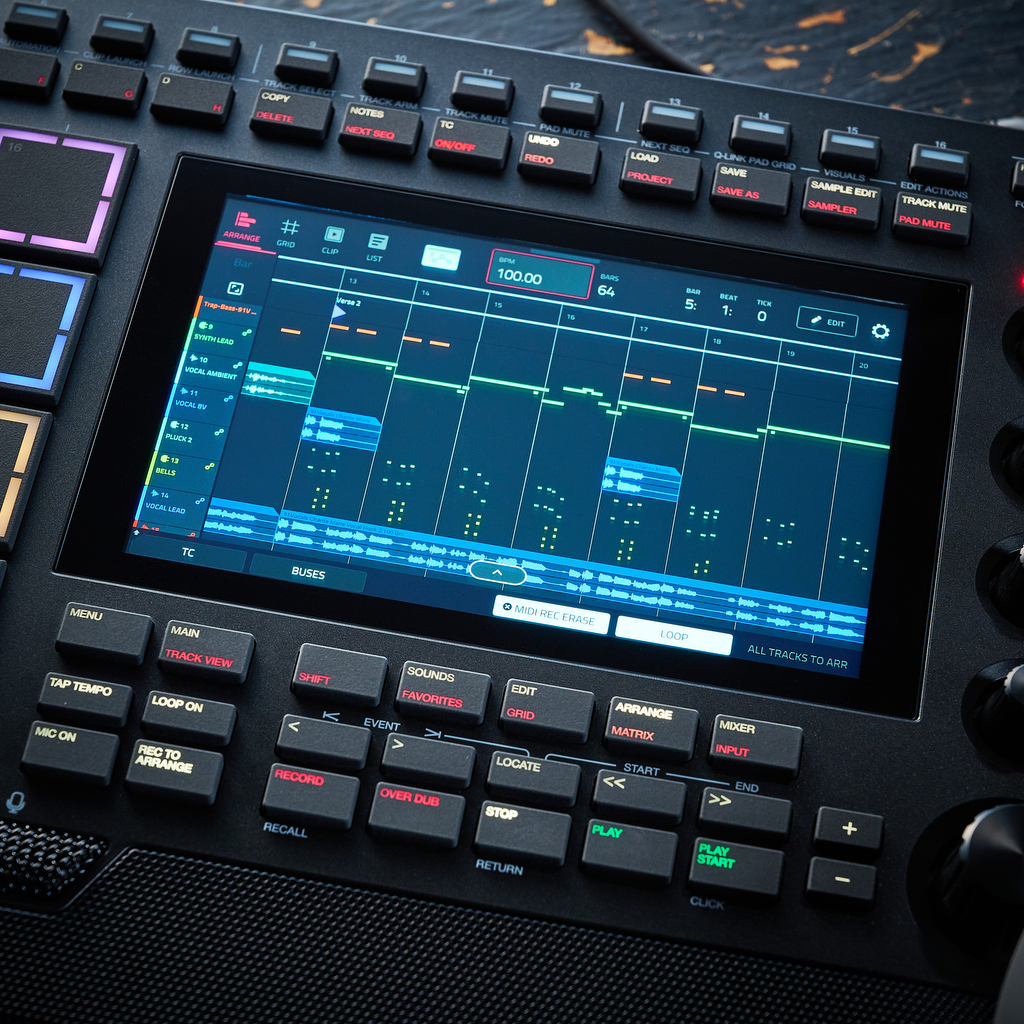
Pricing
$1,699 | €1,649 | £1,399
Performance
The MPC Live III is positioned more as an end-to-end production and performance workstation. The key factor making this more practical, is a significant step up in power under-the-hood. Whereas the MPC Live II had a quad core ARM processor and 2GB of RAM, this model ups that to an 8-core processor and 8GB of RAM – which Akai is touting as four times the power of the Live II. The onboard storage has also been significantly increased from 16GB to 128GB.
From a practical standpoint, this loosens many of the restrictions on what can be done in standalone mode. The amount of simultaneous plugin tracks that can be run within the hardware rises from eight to 32, while the simultaneous audio track count goes from eight to 16.
Want all the hottest music and gear news, reviews, deals, features and more, direct to your inbox? Sign up here.
Along with this, the overall polyphony rises from 64 stereo voices to 256, and the max polyphony for a single drum/keygroup is now 64 voices, up from 32. There are improvements to the quality of various processes on offer too. The MPC Live III adds a new high-quality FFT (Fast Fourier Transform) time stretching algorithm and also now offers a higher-quality version of stem separation.
This latter feature is particularly nice. The standalone MPCs already had stem separation available, which was added in an update last year, but used an ‘efficient’ version of the tech. The Live III can now use the same ‘pro’ version as the desktop MPC software, which is noticeably more consistent and clearer.
Decent quality stem separation is a fairly common feature across many DAWs these days, but of everywhere I’ve tried it, I feel like the MPC is the place it makes the most sense. Sampling stabs and loops is such a core part of the traditional MPC workflow, and being able to grab a loop from vinyl, YouTube etc, and easily isolate a specific chord stab, drum break or vocal hit is a real revelation.
Getting hands-on
The upgrades to the MPC aren’t limited to its inner workings though. There are some significant new additions to the hardware control surface too.
The most prominent of these are the newly overhauled pads. While the traditional 16 pad grid looks and feels the same as previous models at first glance, the manner in which they respond and can be played has been upgraded massively.
Akai is calling its latest pad designs MPCe – a play on MIDI polyphonic expression (MPE) – and aims at introducing a similar level of expressivity as found on devices like Roli’s Seaboards or the pads of Ableton’s Push 3. I say similar, because while there’s certainly a deep level of control here, the way they work is a little different from standard MPE.
The pads are informally divided into four quarters, and can register initial velocity, pressure, aftertouch and movement across the X and Y axis of the pads. This allows for a whole variety of different setups, which are demonstrated nicely by the MPCe factory kits that ship with the new hardware.
Some patches, for example, use the four quadrants of each pad to trigger different samples using the four layers of each internal drum track. This means it's possible to, for example, trigger open and closed hats from the same pad, or different snare or clap sounds, but also lets the user morph between these layers.
Another use shown off well by the presets is assigning different articulations – such as rolls and trills – to different pad quadrants, which is a fantastic performance feature.
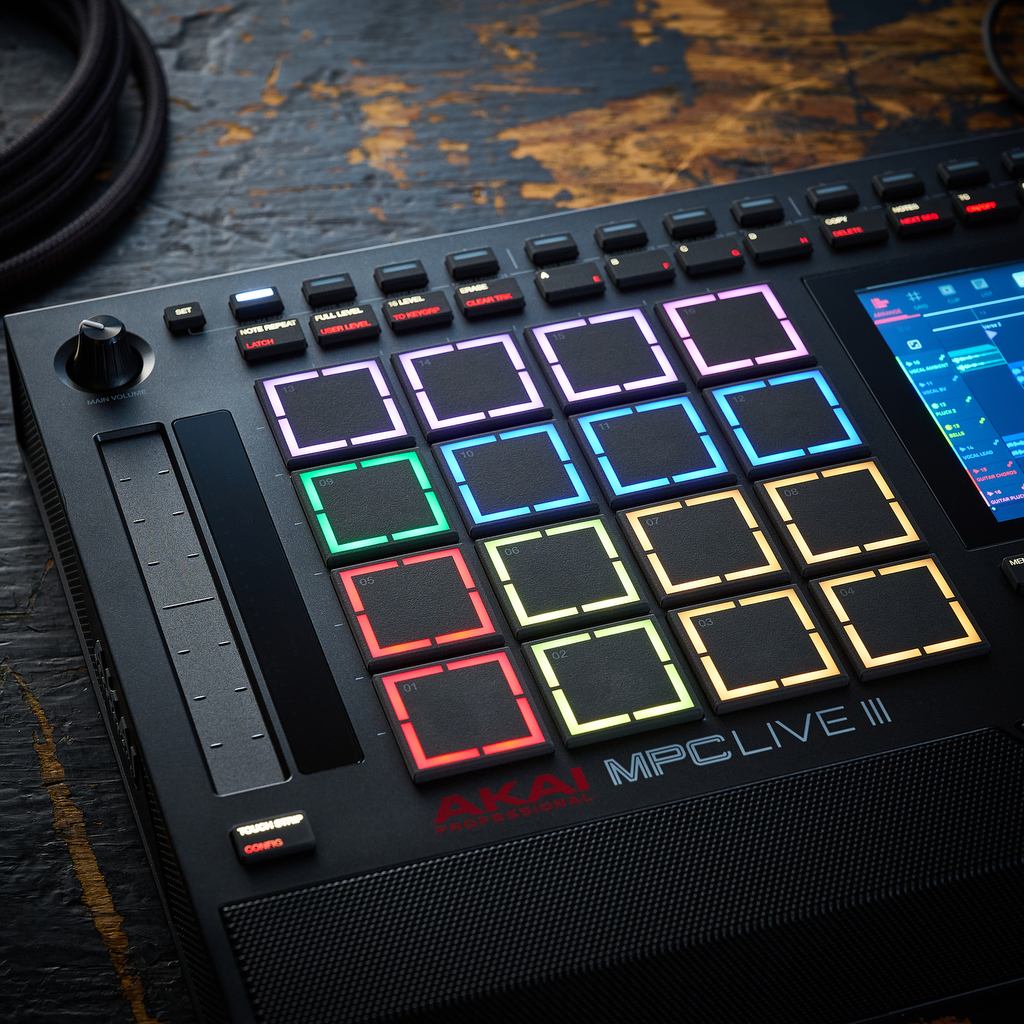
It’s also possible to route the various expression inputs in the internal mod matrix, this allows for all sorts of expressive options, with obvious examples being routing changes in pitch or filter cutoff, but the options are extensive and by combining different routings it’s possible to get really interesting setups out of the pads.
What it’s not possible to do is drift from pad-to-pad to create pitch slides as is common on MPE controllers. This doesn’t feel like a problem though – the pad-focussed approach here leans into the finger drumming, sample-orientated workflow of the MPC more than traditional instrument playing, which suits the design.
Beside the pad grid is a new touchstrip, which adds a further level of creative expression. Again, this can perform multiple functions, from pitch modulation to controlling volume levels, acting as a sustain or expression input or controlling punch-in performance effects. It can also be used in place of one of the right hand Q-Link controls. It’s another level of control likely to be welcomed by those that use the MPC onstage.
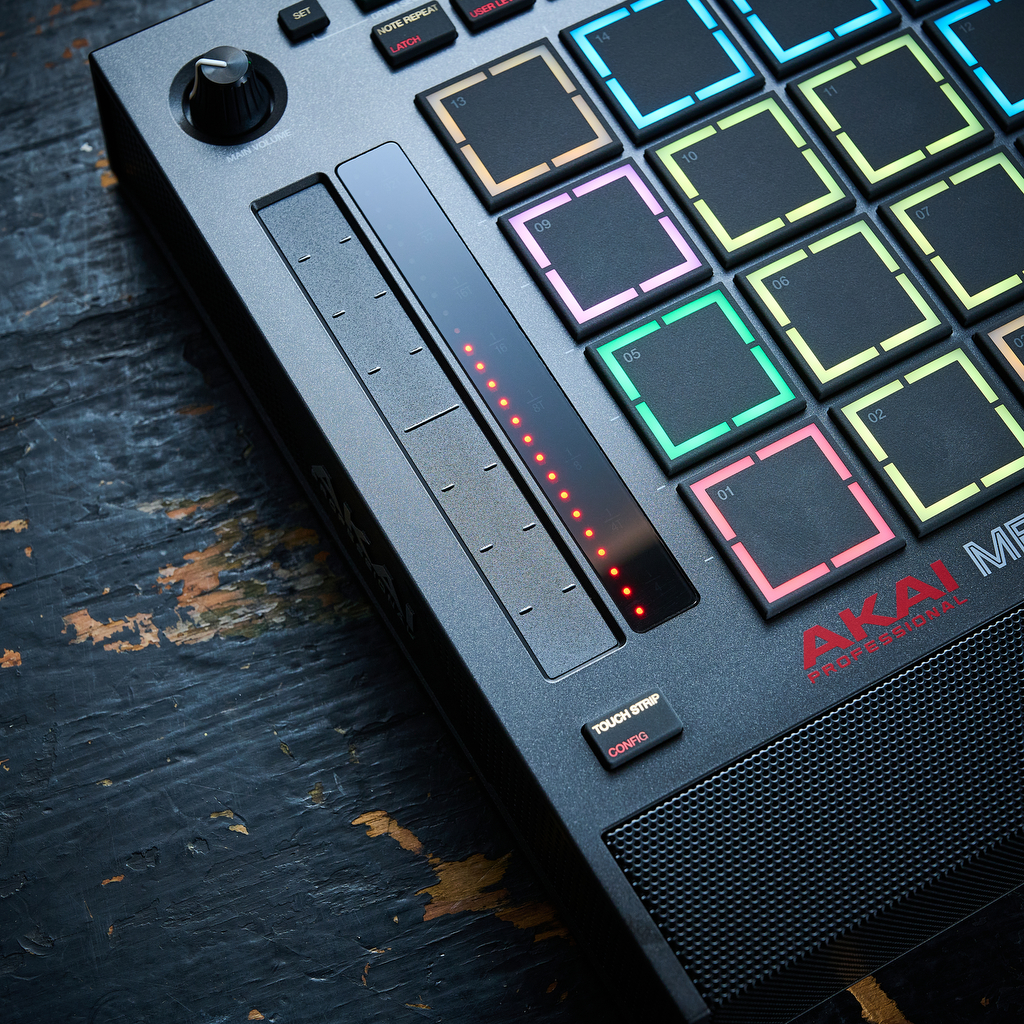
Step in
The other major new control element is a 16-step sequencer that now sits along the upper edge of the unit. I really like this as an addition. While the MPC has always been a pad-focused machine – and the grid rightly remains at the heart of the workflow – sequencing is obviously a major element of electronic music production, and the more rigid X0X-approach to beat programming can provide a nice counterpoint to the hands-on uses of the pad grid.
While it’s long been possible to step sequence using an MPC, using the pad grid and screen in previous Live models, the dedicated button sequencer is a much nicer way of working. It allows for the pads and sequencer to be used side-by-side in a variety of ways too.
The sequencer can do far more than simple note on/off programming. It’s possible to record automation and edit various parameters for each sequencer step, allowing for radical shifts in sound from step to step. It’s also possible to nudge steps off the grid, add ratchets, as well as set probability levels for individual steps. The step sequencer also has a Last Step mode, allowing for differing sequence lengths across each track.
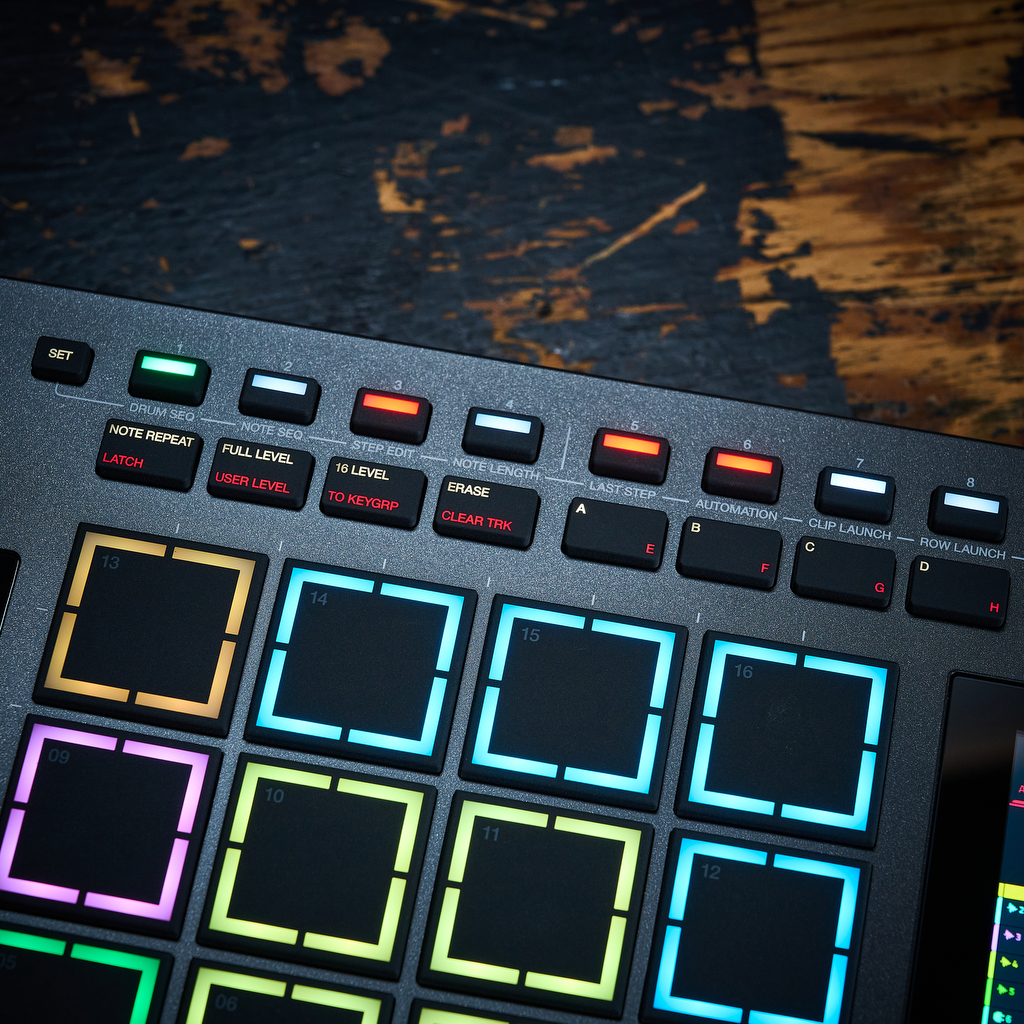
The step sequencer is a particularly nice tool when using the MPC hooked up to external gear via MIDI or CV, and makes it far more practical, and fun, to simultaneously sequence an external synth or drum machine from the MPC while also performing with the pads.
Along with these control elements, there are a few upgrades to the connectivity offered by the MPC Live III. On the rear panel, the ins and outs are largely the same as version II, but the inputs are now combi ports, as opposed to jacks, which makes it easier to hook up a mic and adds to the flexibility.
The USB port used to connect to a computer is also upgraded to a USB-C port. This is more than a port upgrade though – the MPC III now lets users stream audio directly through this connection, either to sample into the machine or stream audio to a DAW. This means it’s possible to easily, for example, sample directly from YouTube or (some) mobile devices.
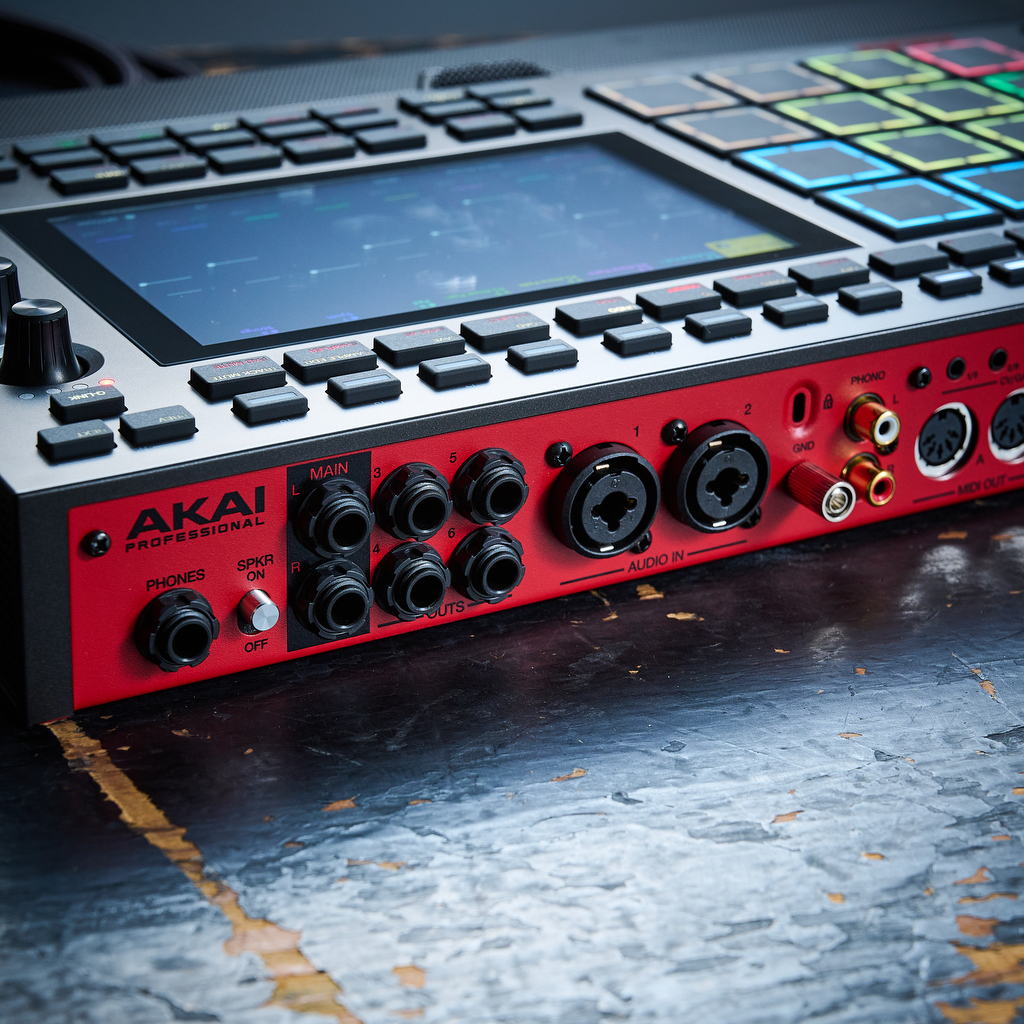
It also means that the MPC Live III can now stream up-to 32 simultaneous input/output channels of audio over USB (that results in 24 input options and 24 output options in your DAW). This is another handy option for those moving projects to or from a DAW, alongside the existing export/transfer functions.
On the front panel, meanwhile, there is a new onboard condenser microphone nestled along the top edge of the speaker. This allows users to sample directly into the hardware without needing to connect anything to the inputs. While it’s not going to replace your top-end studio mic and channel strip any time soon, the quality is decent and it’s great for recording quick percussion hits or rough vocals.
Out to launch
The final significant new feature added for the MPC Live III is clip launching. This is ported over from Akai’s Force – the device launched a few years back that was essentially a standalone Ableton Push before Ableton made that a real thing.
The workflow will be familiar to users of Live and Logic, etc. Along with the MPC’s standard arrangement functions, each pattern or loop can now be duplicated into a Clip, which can be arranged into and launched as scenes.
It’s a nice additional tool, particularly for live performers. Clips can be triggered from a variety of places, including the screen, pads and step sequencer, which is nice when multitasking. My only minor gripe is that I’d love to be able to drag and move clips around the grid using the touchscreen, rather than having to copy and paste them.
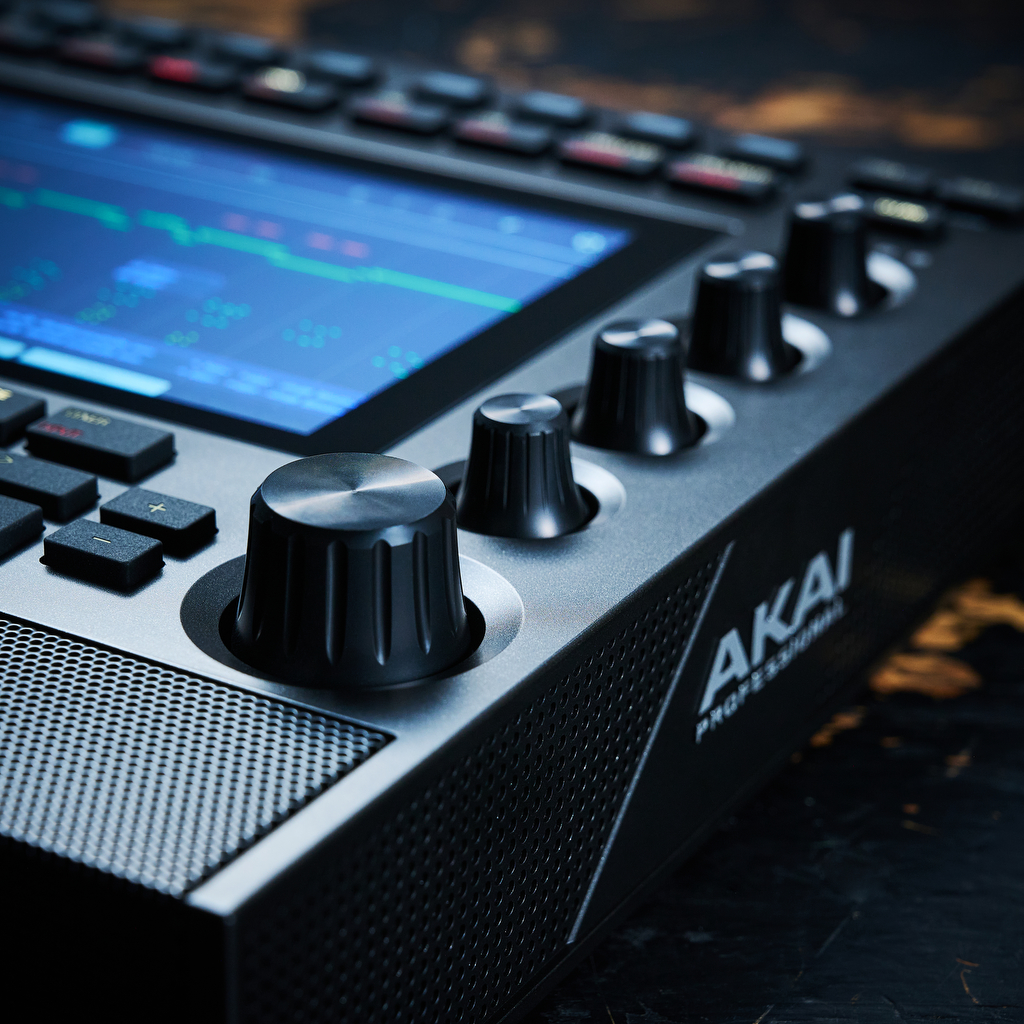
Verdict
Taking these headline features together, the MPC Live III really is a fantastic upgrade. It does land at a price point noticeably higher than its predecessor – around £400 at launch – but given the additional under-the-hood power and expanded controls, this feels reasonable.
There is an argument to be made that cramming so much more functionality into a similar sized box leaves the Live III feeling cluttered. Personally, I don’t find this a problem, if anything I actually find the additional buttons makes overall navigation easier.
I feel like some users may find the significant amount of extra controls cumbersome though. There is certainly a lot more to get your head around on the front panel, and it’s a lot easier to hit the wrong button.
When it comes to the OS itself though, the opposite is true. When I’ve reviewed previous MPC models in the past, I’ve often highlighted the slightly convoluted and disjointed workflow as a weak point. To Akai’s credit, when the company launched the v3.0 software last year, not only did it add features such as stem separation and NKS compatibility, but it also streamlined the workspace significantly.
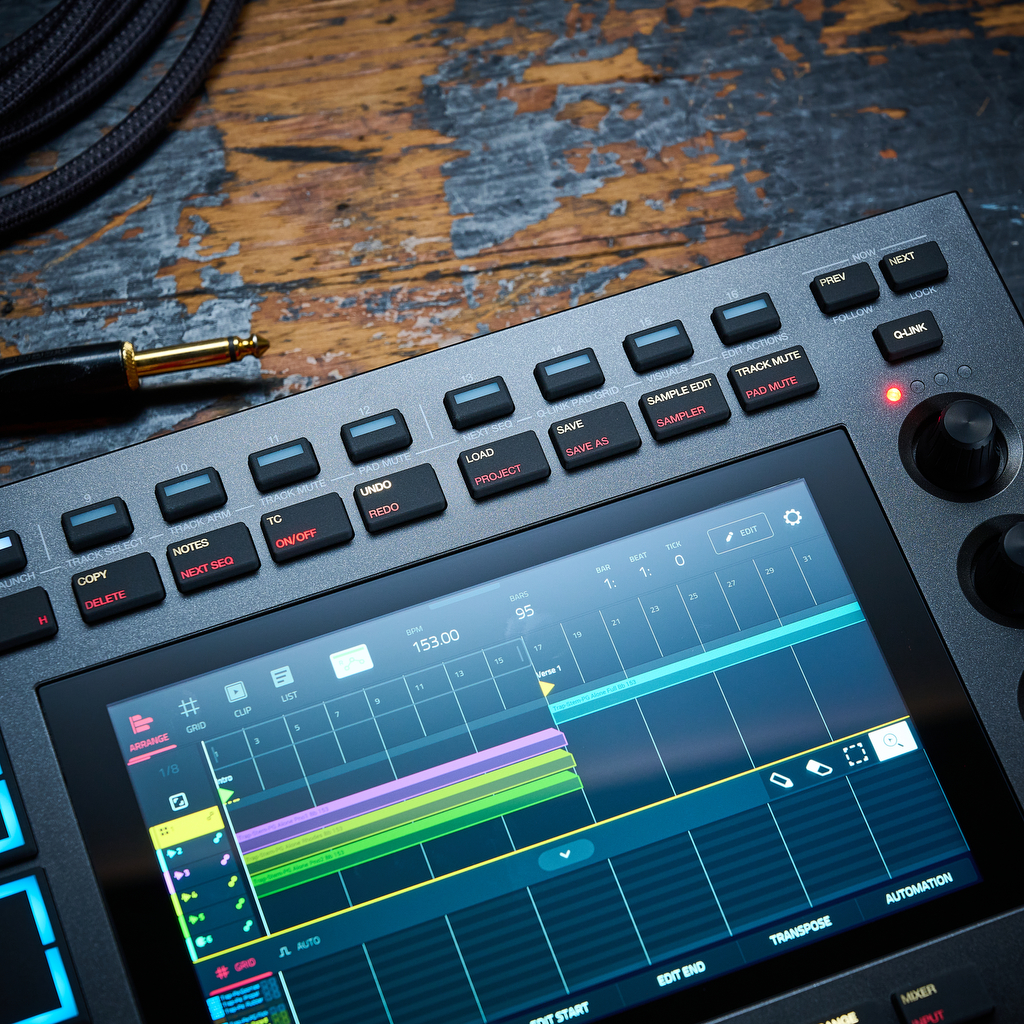
Tracks are now unified into a single interface with a clear and more navigable ‘main mode’ and the overall look of the interface is more stylish and better laid out. There is, admittedly, still a lot going on within the overall MPC workspace, and I still find myself getting lost at times, but the overall user experience has improved significantly since the first version of the MPC Live launched.
Taking all this into account, there’s little doubt in my mind that the MPC Live III is the best standalone DAW-in-a-box on the market right now. That’s not to say it’s, for comparison, a Push 3 killer – what Ableton has that Akai doesn’t is a wealth of DAW heritage that allows Push to act as a conduit between standalone and DAW workflow.
For those looking for a hybrid workflow between standalone and DAW modes, Push arguably offers the smoother experience. With the MPC Live III, however, Akai has gone all-in on the standalone functionality, which seems like a really smart choice.
This is a truly go-anywhere production box that’s determined to keep you away from a laptop at all costs. For those who want to commit to that standalone workflow, there’s nothing better out there right now.
Alternatives
Push 3 comes in both controller and CPU-equipped configurations. The latter is more expensive but offers a good chunk of the Ableton Live workflow completely detached from a computer.
<p><strong>Read the full <a href="https://www.musicradar.com/reviews/ableton-push-3"><strong>Push 3 reviewAnother standalone DAW-in-a-box. The foundations of Maschine are still excellent, although a slower rollout of updates leaves it lagging behind Push and the MPCs on the feature front. If you find a good deal though, there's still a lot to like.
<p><strong>Read more about the <a href="https://www.musicradar.com/reviews/native-instruments-maschine" target="_blank"><strong>Maschine+Specifications
Price | $1,699 | €1,649 £1,399 |
Key features | Standalone hardware with MPC3 OS (No computer required) 8 Core processor (Gen 2) - 4 x the power of MPC Live II 8 GB onboard RAM / 128 GB storage 16 full-size RGB MPCe expressive pads with new 3D sensing technology Onboard stereo studio monitors Built-in high-quality studio mic for field recording, vocal takes, and quick sampling Internal rechargeable lithium-ion battery 2 x combo inputs with mic preamps 16 RGB performance buttons for step sequencing / automation / effects control Assignable touch strip controller Vibrant 7” touch display USB-C port for computer connectivity (ISO and Android apps, seamless smart device audio sampling, and high-speed transfer of up to 24 audio channels in/out of your DAW) 8 CV / Gate outputs WiFi / Bluetooth (Ableton Link) |
Specs | Power: External PSU (adapter), center positive, 19.0 V 3.42A, input voltage: 100-240V (switching adapter) VAC SAP SKU Name: MPCLIVE3 UPC/EAN: 0694318026090 Product Size (HxWxD): 2.64” x 17.16” x 10.08” / 6.71cm x 43.59cm x 25.60cm Product Weight: 8.6lbs / 3.9kg Giftbox Dimensions (HxWxD): 5.76” x 22.08“ x 12.84“ / 14.63cm x 56.08cm x 32.61cm Giftbox Weight: 12.13lbs / 5.5kg Case Pack Quantity: 1 Case Pack Dimensions (HxWxD): 7.08” x 23.04“ x 13.08“ / 17.98cm x 58.52cm x 33.22cm Case Pack Weight (Net): 10.14lbs / 4.6kg Case Pack Weight (Gross): 14.33lbs / 6.5kg |
Contact |
I'm the Managing Editor of Music Technology at MusicRadar and former Editor-in-Chief of Future Music, Computer Music and Electronic Musician. I've been messing around with music tech in various forms for over two decades. I've also spent the last 10 years forgetting how to play guitar. Find me in the chillout room at raves complaining that it's past my bedtime.
You must confirm your public display name before commenting
Please logout and then login again, you will then be prompted to enter your display name.
